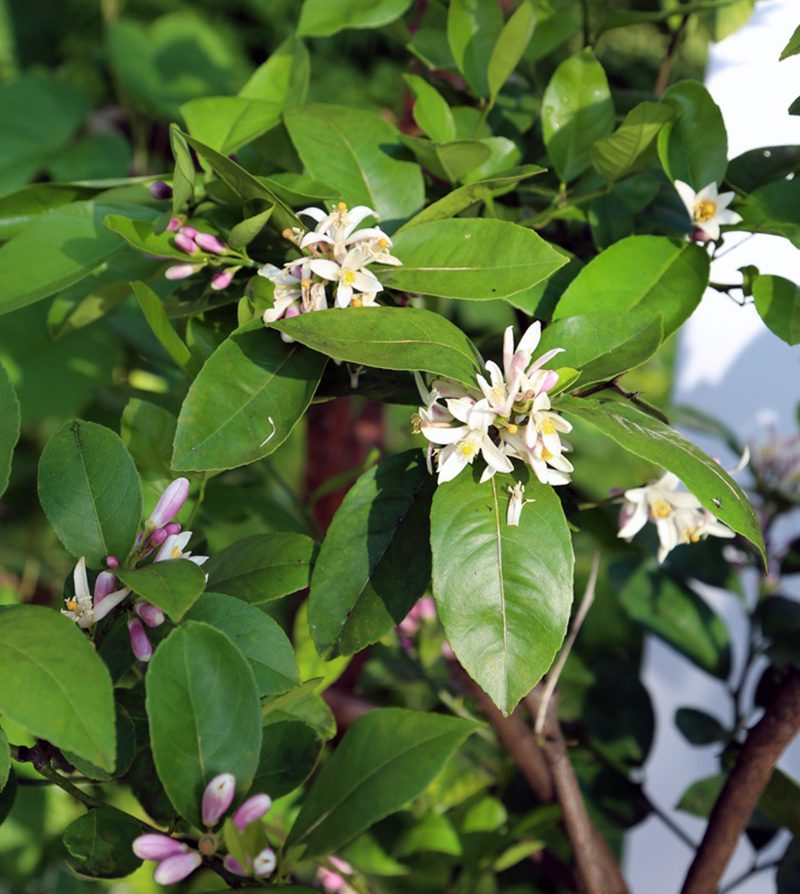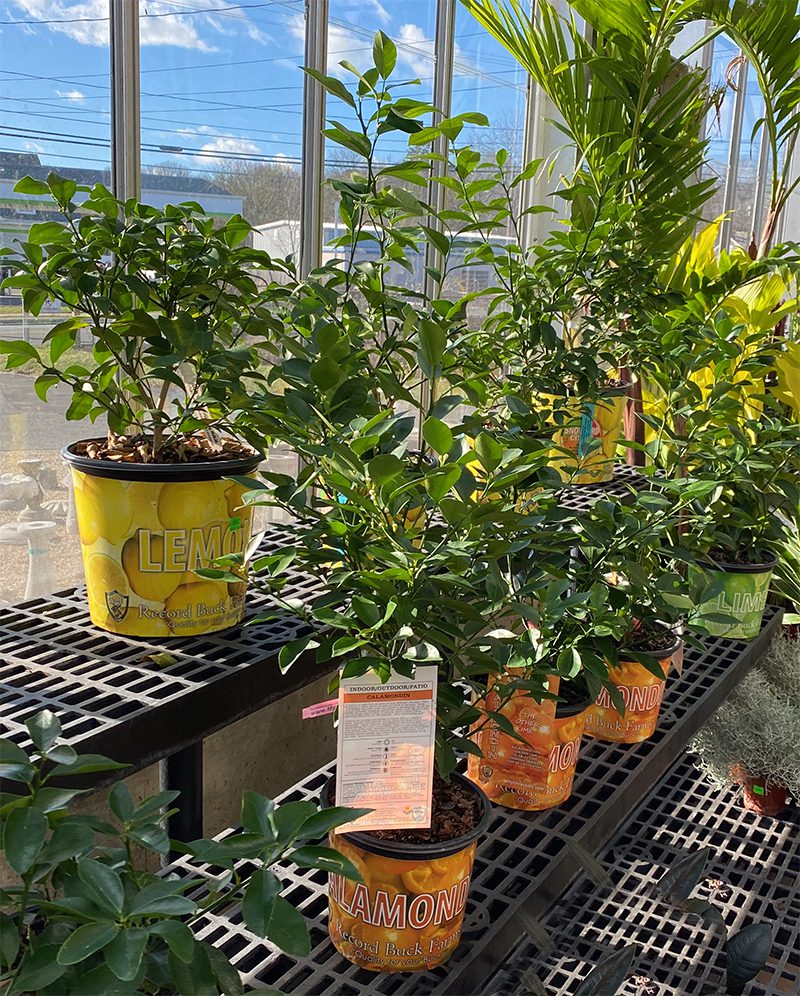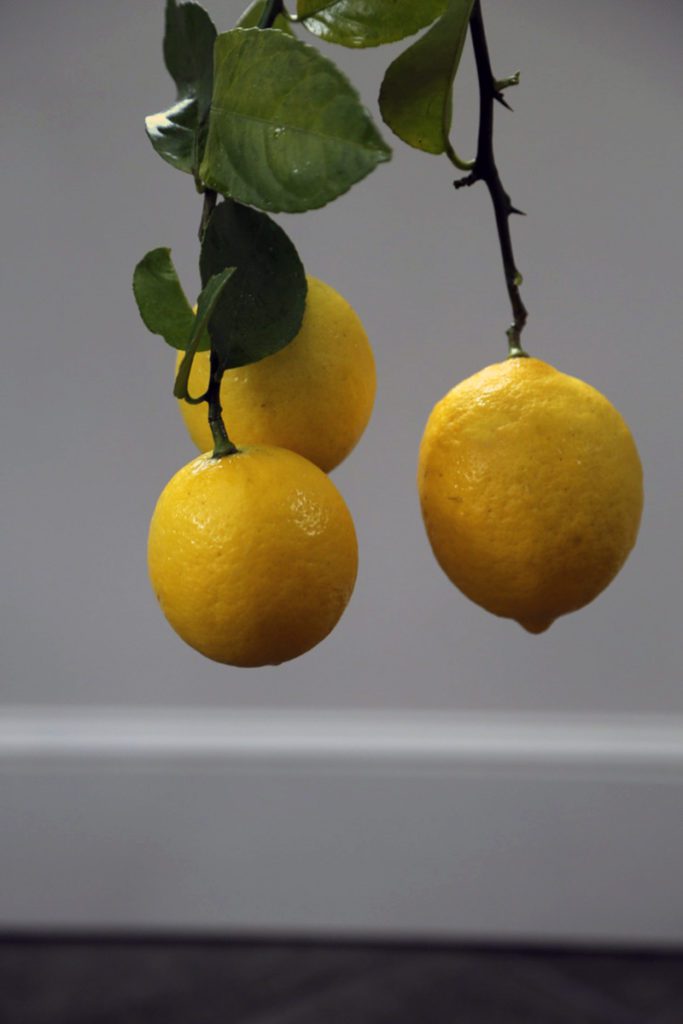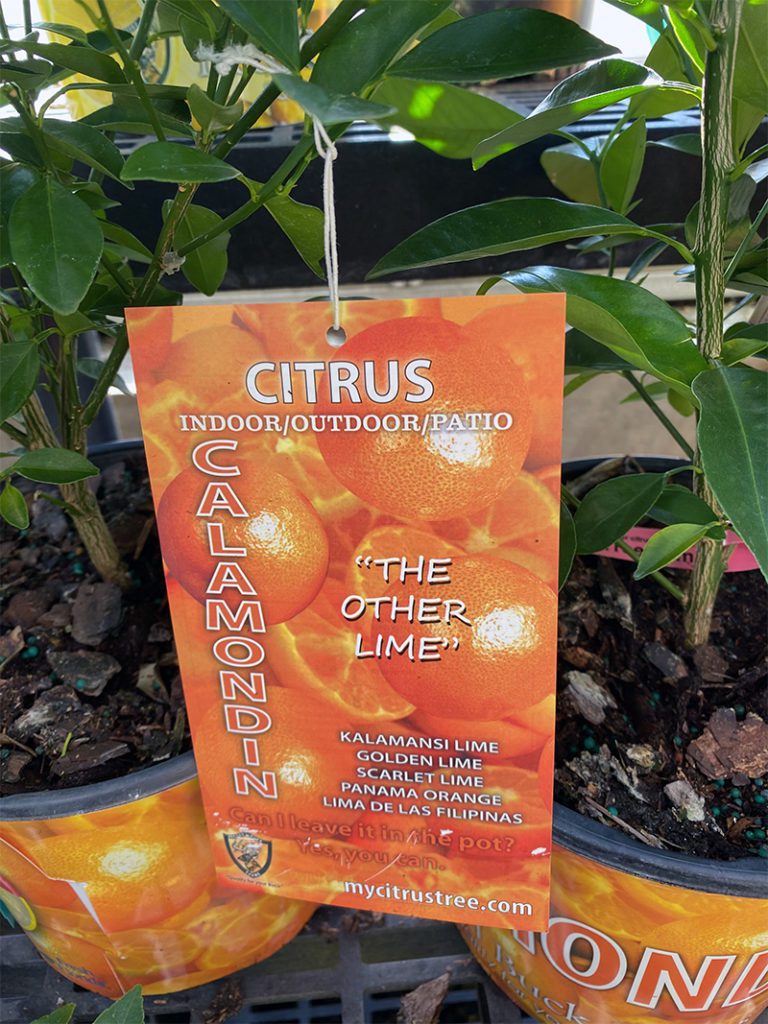Growing Citrus Indoors
Growing Citrus Indoors
If you’ve been curious about growing lemons, limes or other citrus indoors, this post is for you. There are several types of citrus that can be grown in containers in the Northeast, and you can be successful putting them outdoors in the summer and indoors in the winter. For this reason we offer citrus plants in our greenhouse in the cold season and on our patio in the summer. If you are currently growing citrus indoors, or want to try it, here are some tips for success.

- When you buy a new citrus plant, transplant it into a larger pot. Select a container that is about two inches larger on all sides and the bottom, and use a good quality potting soil when transplanting into that pot. Be sure the pot has drainage holes and don’t put rocks, shells, or shards in the bottom: only potting soil.
- The easiest citrus fruits to grow indoors are lemons, limes and Calamondin citrus. Calamondin are sometimes mistakenly called oranges because the fruit looks like a miniature orange; the fruit is actually more similar to a lime.
- Unlike many indoor plants that are not fertilized in the winter months, citrus should be fertilized every month, all year around. This is because they may be developing fruit and flowering almost continually. You can mix some of the organic Flower-tone granular fertilizer into the soil when repotting, and then use a liquid of your choice according to directions.

- When citrus plants are blooming outdoors, they will be pollinated by insects. But when the plants are growing indoors you will get more fruit if you move a small, soft paintbrush from flower to flower. This will ensure that you get many fruits.
- Water potted citrus well when the soil starts to dry. A good soaking, followed by a period when the soil drys a bit, is better than giving the plant a little bit every day. When the plants are outside in the summer, you might need to water the plants every other day, or less often, depending on the weather.
- It’s typical for plants that have spent the summer outdoors to drop leaves when they come in for the winter. Expect about 25% of the leaves to fall. New foliage usually appears in late-January or February.

- The two insect pests that are most common on indoor citrus are scale and citrus mites. Scale causes the plant and area around it to become sticky. Spray the stems and leaf surfaces with horticultural oil, neem or insecticidal soap before you bring a citrus inside for the winter, and spray again as soon as you feel the plants get sticky, or see the tiny tan or brown dots that are scale.
- Mites cause the leaves to look yellowish and stippled. The underside of the foliage looks dirty. Use Bonide Mite-X, an organic treatment made of plant oils, for this problem.
- Occasionally new shoots will have aphids on them, or you might find the cottony-looking mealy bugs in crevices. Treat these with insecticidal soap.

- Grow citrus in the sunniest window you have; a south or western-facing exposure is best.
- In the spring, don’t move your citrus plants outside until the night-time temperatures are reliably over 50°. On Cape Cod this is usually after May 30th or even into the middle of June.
- When you put a citrus tree outside, place it where it will get two or three hours of early morning sun to start. After a week in that location, move it gradually into a full-sun location. This gradual “hardening off” will help prevent sunburn on the foliage.
- Citrus should be moved back indoors once those night temperatures start falling to 50° and below. On Cape Cod this is usually in late-September.

Posted in Uncategorized
Subscribe To Our Newsletter
Sign up for our weekly email about sales and events.
